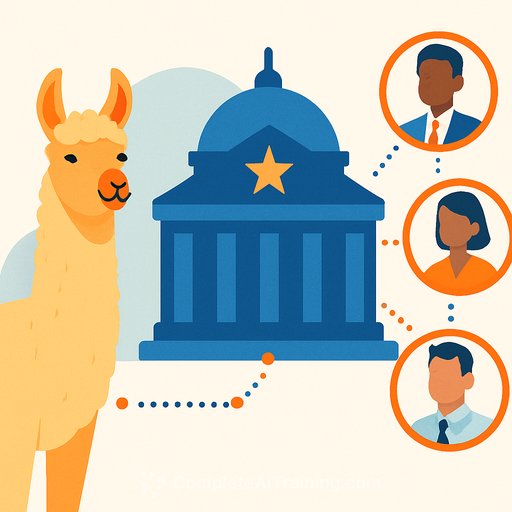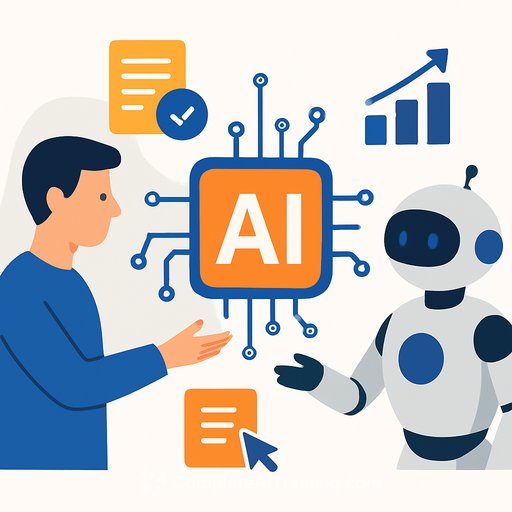GSA and Meta Launch OneGov Access to Llama, Speeding AI Use Across Federal Agencies
The General Services Administration announced a OneGov initiative with Meta that provides government-wide access to Llama, Meta's open models. The approach removes one-off negotiations, shortens procurement cycles, and reduces duplicated effort across agencies. It supports the objectives in America's AI Action Plan and OMB Memoranda M-25-21 and M-25-22.
"In alignment with President Trump's AI Action Plan, GSA is dedicated to integrating AI into government operations," said Federal Acquisition Service Commissioner Josh Gruenbaum. "Thanks to Meta and its commitment to advancing public sector services, our federal partners now have easier access to Llama and open source AI, which offers unique benefits for federal agencies and government use cases. Through these OneGov initiatives, GSA is driving an unprecedented acceleration of AI adoption across the federal government."
"America is leading on AI and we want to make sure all Americans see the benefit of AI innovation through better, more efficient public services. With Llama, America's government agencies can better serve people," added Mark Zuckerberg, Founder and CEO of Meta.
Why this matters for agencies
- Faster access: A single, verified pathway to Llama models across government.
- Cost efficiency: Open models lower experimentation and deployment costs.
- Data control: Agencies maintain control over data processing and storage.
- Flexibility: Build mission-specific solutions and reduce reliance on closed providers.
- Transparency: Open models support reproducibility and oversight in AI research and operations.
What's included in the arrangement
Meta makes Llama models freely available, while GSA focuses on backend verification so agencies can access the models in a consistent, compliant way. The arrangement is structured to meet federal requirements and preserve agency control of sensitive data. The goal: make testing, adapting, and deploying AI simpler within government guardrails.
Practical next steps for federal teams
- Identify quick-win use cases with measurable outcomes (e.g., document triage, knowledge retrieval, code assistants, analytics support).
- Run a security and privacy review: data classification, encryption, access controls, logging, and retention.
- Pilot in a sandbox with representative datasets; define success metrics before scaling.
- Stand up governance: model cards, human-in-the-loop checkpoints, bias assessments, and audit trails.
- Coordinate with acquisition, CIO, CISO, privacy, and legal early to streamline approvals.
- Plan workforce enablement: prompt practices, model evaluation skills, and responsible AI training.
Compliance notes
- Map implementations to the AI Action Plan and relevant OMB guidance (e.g., innovation, governance, public trust; efficient AI acquisition).
- Address PRA, records, FOIA, and Section 508 accessibility in workflows touching the public or public-facing outputs.
- Use existing ATO pathways and control baselines; document data flows and third-party components.
- Document evaluation: accuracy, bias, hallucination rates, and fail-safes; ensure human review for high-impact decisions.
Resources
- Meta's Llama models overview
- AI.gov (Federal AI initiatives and guidance)
- Complete AI Training: courses by job (for upskilling teams on evaluation, safety, and practical use)
Your membership also unlocks:






